This tallies very well with my experiences of online discussion forums. There is nothing wrong with not participating, although it can make those who are participating feel uncomfortable, but the challenge for any discussion event to create the interest and conditions where more than 1% of non-moderator participants want to share their thoughts or experiences through a post.
Sources:
Barone L (2010) How Can I Push You From Lurker To Participant?
http://outspokenmedia.com/online-marketing/can-i-push-you-from-lurker-to-participant/
https://en.wikipedia.org/wiki/1%25_rule_(Internet_culture)
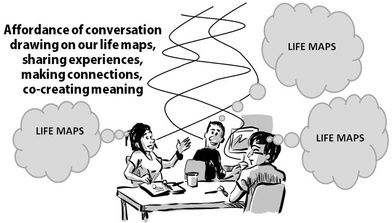
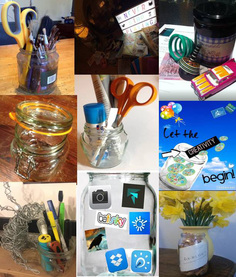
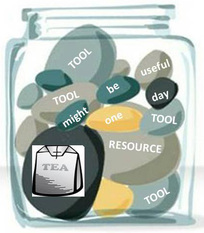
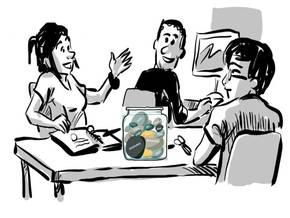
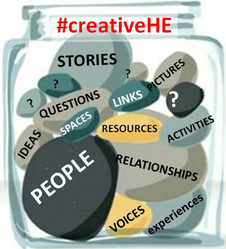
 RSS Feed
RSS Feed